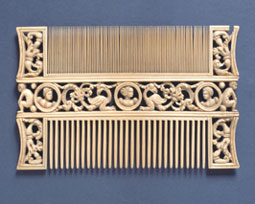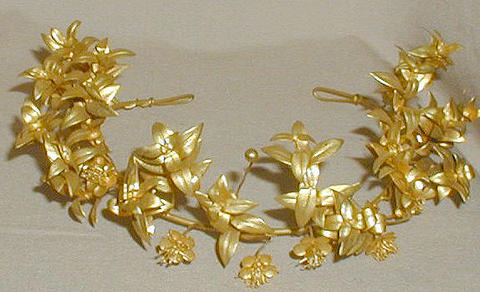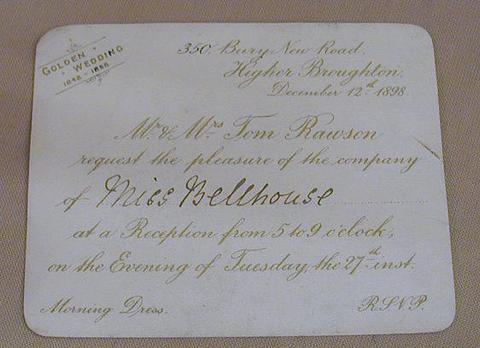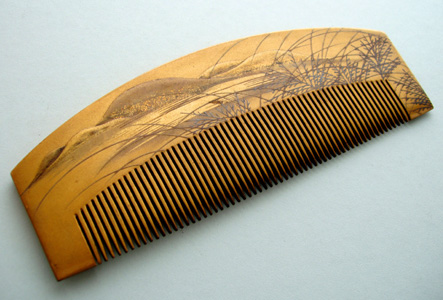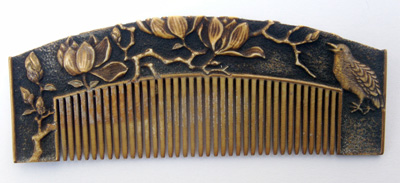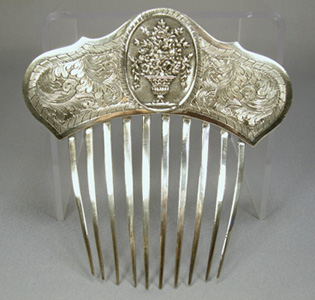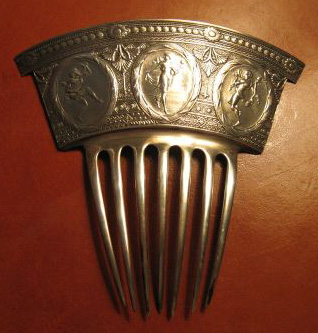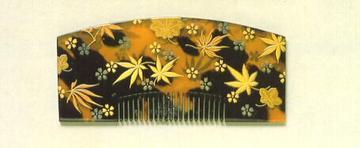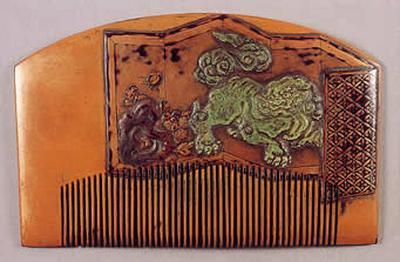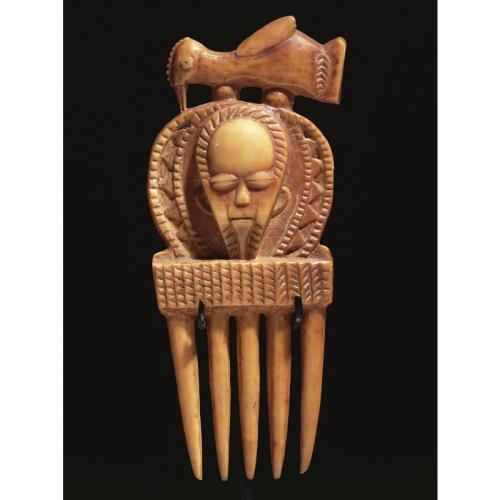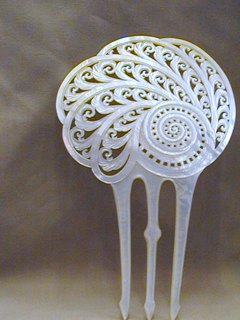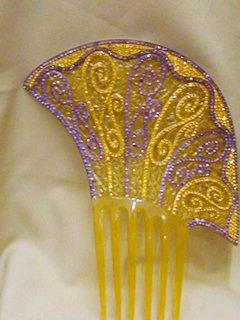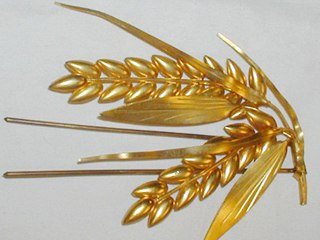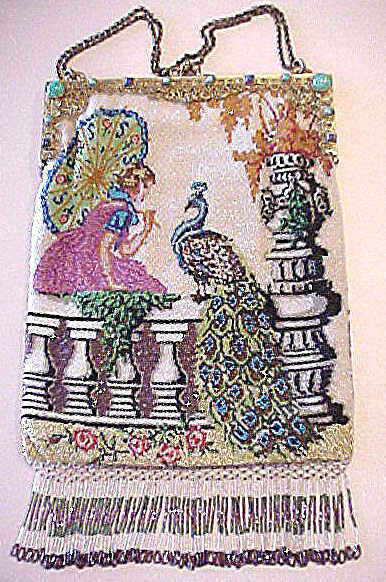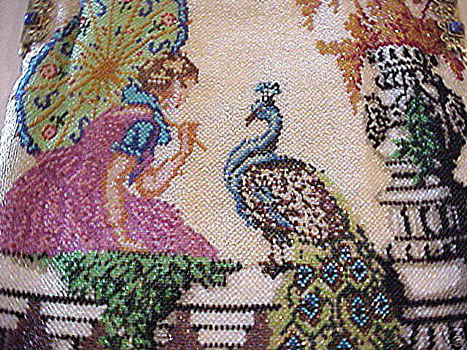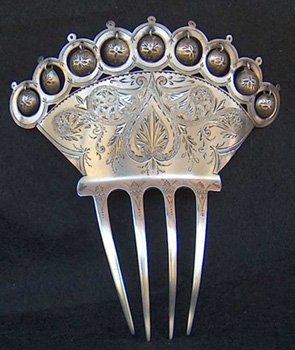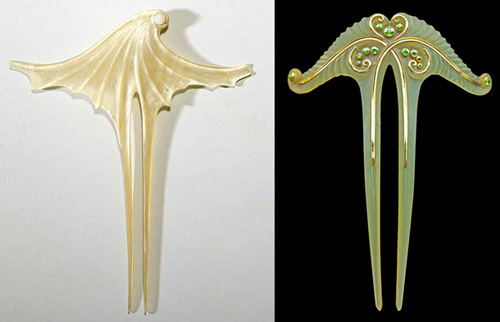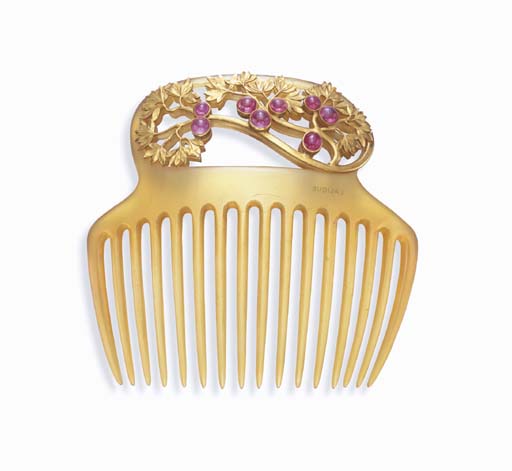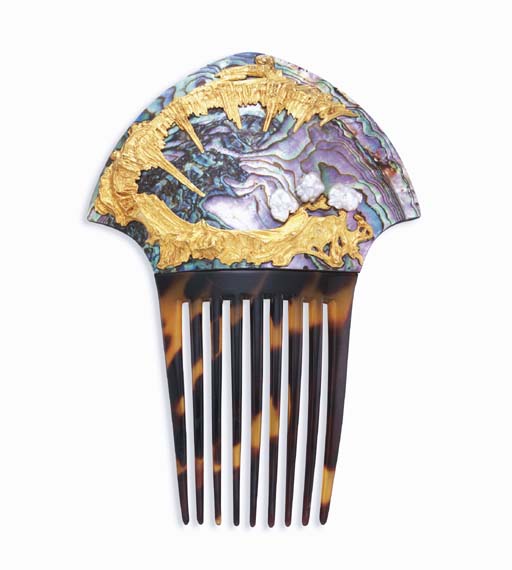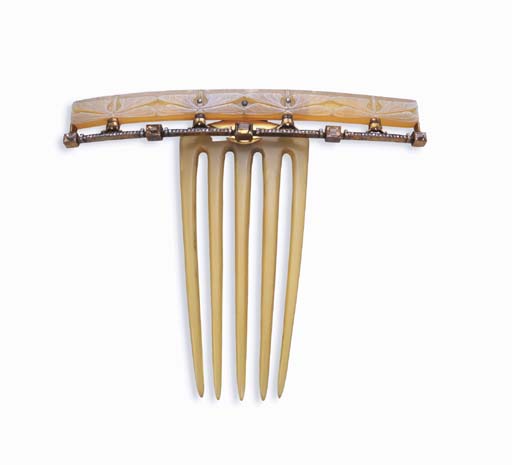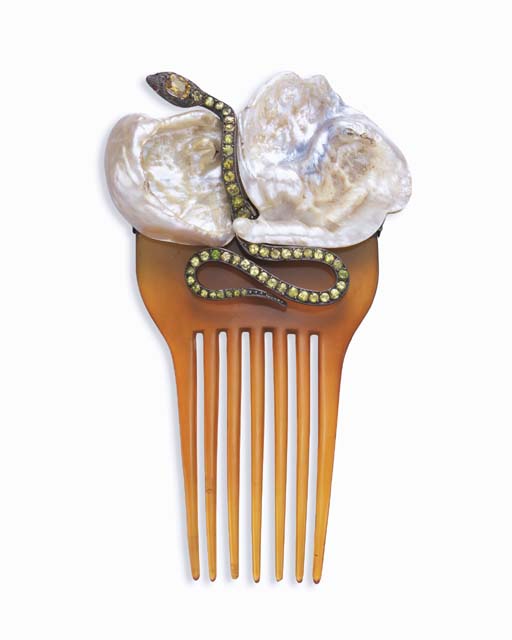The H comb, with tines for thick hair on one side and thin hair on the other, is one of the comb’s earliest known forms. The art was in the H, and the form can be found in all cultures. H combs are still made today in Turkmenistan, and you can see one from time to time on ebay. The H casing is silver or gold plate with gemstone cabachons in the middle.
However, today, I want to talk about the H combs of 15th-century France. They were liturgical with elaborate, stunning carvings of the Adoration of the Magi, and were made from ivory and wood. They were made when the Church ruled art and music and followed the progression from sacred to secular as the Medieval Period gave way to the Renaissance. You can only find them in museums.
St. Albans, Peigne liturgique en ivoire, c. 1120. Used in religious ceremonies, the carving represents the Massacre of Innocents, Adoration of the Magi. From the Victoria and Albert Museum.
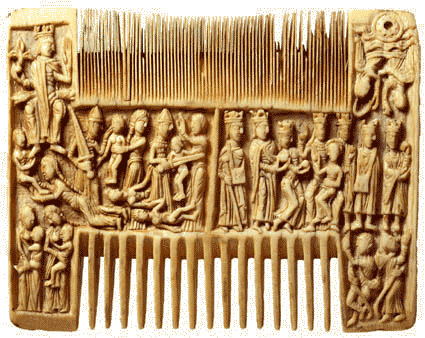
Annonciation – Adoration des Mages, ivory, 15th Century, Anonymous, The Louvre, Paris.
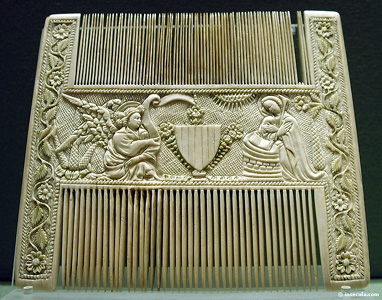
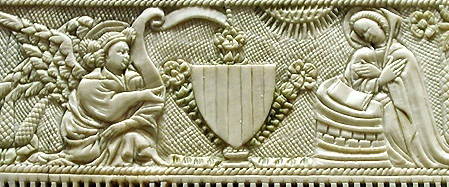
Liturgical combs were also made of wood, some with mirrors in the middle or ivory inlay.. The wood appears to be about 1/2 inch thick in the middle, tapering to 1/8 at the tips of the teeth. These 15th Century combs reside in The Musée National du Moyen Age – Thermes de Cluny.
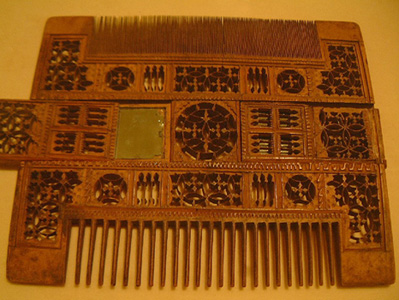
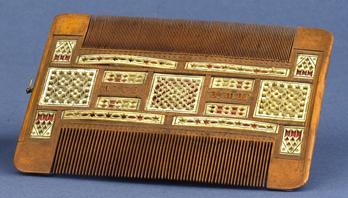
In the late 15th century, you start to see secular decorations in the H combs, as with these three examples:
Lovers in a Garden, French, Ivory, Anonymous, from the Victoria and Albert Museum.
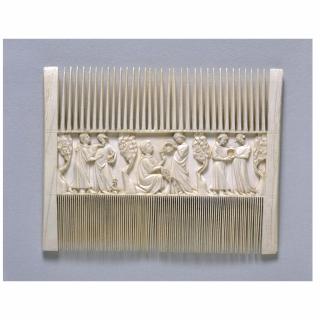

Ivory comb with two jousting swordsmen, France, from the Fundación Lázaro Galdiano in Madrid.
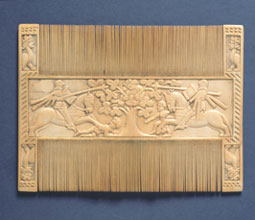
Ivory Comb, openwork, France, 16th century, from the Fundación Lázaro Galdiano in Madrid.
